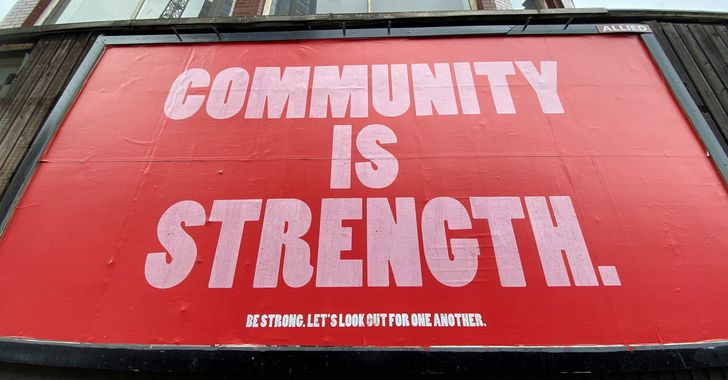When most people think about ways they affect the environment, their choice in clothing is usually overlooked. The impact of what you wear goes beyond personal expression. It is easy to get sucked into the ever changing fashion trends and find yourself wanting to keep up with them. Shopping has become recreational, and new technology has made clothing even more accessible than ever before.
Growing cotton, manufacturing, transporting and washing a simple cotton T-shirt has monumental environmental consequences.
Every year the global textile industry uses trillions of liters of fresh water. Wastewater from textile dyeing is often dumped into rivers and spreads to the sea.
Fresh water is not a renewable resource and as the chart shows below, most of the fresh water that is not ice or contaminated is used for irrigation and industries like the textile industry. Even the water you use to wash your clothing taps into the planet's limited clean water supply. One load of laundry uses about 40 gallons of water.
Thankfully, more attention has been drawn to the fashion industry's unsustainable practices. Recently public figure, Emma Watson, has now chosen to dress in only sustainable clothing on the red carpet. At this year's Met Gala, Watson's outfit consisted of yarn made from 100 percent reused plastic water bottles.
More and more companies like Adidas and Levi's are starting to incorporate waterless manufacturing technologies in order to save water.
With this in mind, it is crucial to remember what it took to produce that new shirt. Your choices matter. Refraining from buying clothing that you are only going to wear a couple of times can save more than the money in your pocket.
Choosing to go to thrift stores or supporting sustainable clothing brands would also support the environment. Before you buy the new shirt or those new shoes, stop and think. Are you truly going to wear them? Do you actually need them?






 people sitting on chair in front of computer
people sitting on chair in front of computer



 all stars lol GIF by Lifetime
all stars lol GIF by Lifetime two women talking while looking at laptop computerPhoto by
two women talking while looking at laptop computerPhoto by  shallow focus photography of two boys doing wacky facesPhoto by
shallow focus photography of two boys doing wacky facesPhoto by  happy birthday balloons with happy birthday textPhoto by
happy birthday balloons with happy birthday textPhoto by  itty-bitty living space." | The Genie shows Aladdin how… | Flickr
itty-bitty living space." | The Genie shows Aladdin how… | Flickr shallow focus photography of dog and catPhoto by
shallow focus photography of dog and catPhoto by  yellow Volkswagen van on roadPhoto by
yellow Volkswagen van on roadPhoto by  orange i have a crush on you neon light signagePhoto by
orange i have a crush on you neon light signagePhoto by  5 Tattoos Artist That Will Make You Want A Tattoo
5 Tattoos Artist That Will Make You Want A Tattoo woman biting pencil while sitting on chair in front of computer during daytimePhoto by
woman biting pencil while sitting on chair in front of computer during daytimePhoto by  a scrabbled wooden block spelling the word prizePhoto by
a scrabbled wooden block spelling the word prizePhoto by 
 StableDiffusion
StableDiffusion
 StableDiffusion
StableDiffusion
 StableDiffusion
StableDiffusion

 women sitting on rock near body of waterPhoto by
women sitting on rock near body of waterPhoto by 
 Photo by
Photo by  Photo by
Photo by  Photo by
Photo by  Photo by
Photo by  Photo by
Photo by  Photo by
Photo by  Photo by
Photo by  Photo by
Photo by  Photo by
Photo by  Photo by
Photo by 








